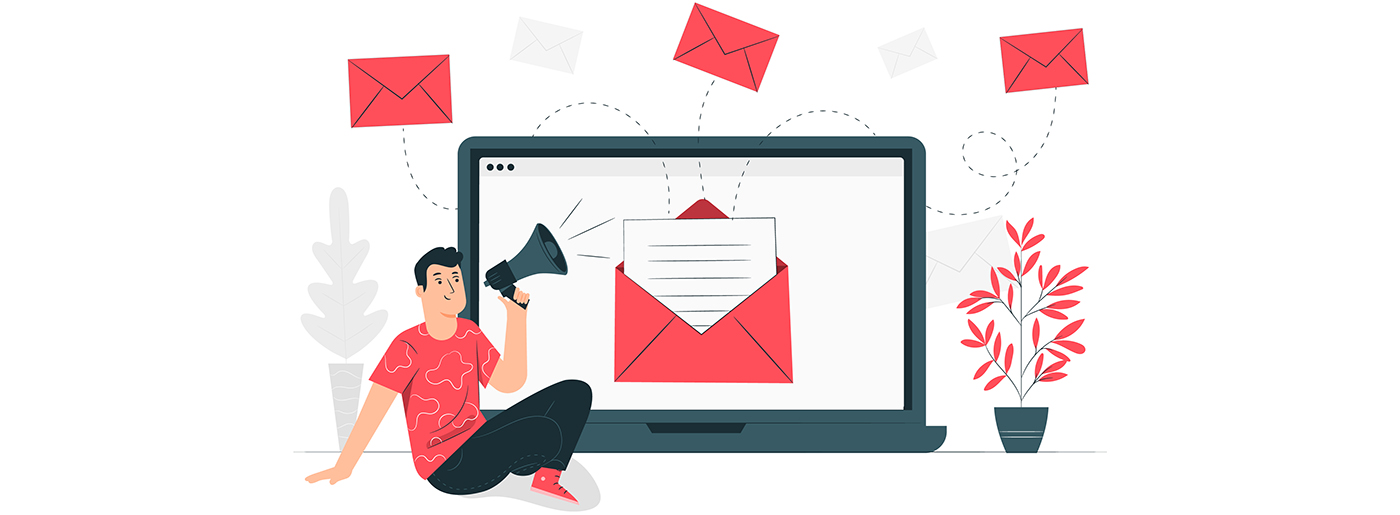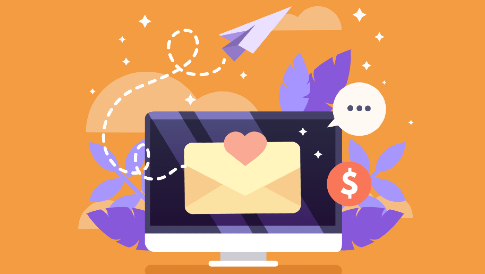How To Use Email Outreach Campaign To Drive New Leads In B2B Sales
If you’re a B2B marketer with a business to grow, you should know the importance and benefits of lead generation. Several B2B marketers facilitate the lead generation process through different strategies like events, webinars, and campaigns. According to a Demand Gen Report, 53 percent of marketers leverage email marketing to acquire new leads in the early stages. This proves that email outreach campaigns are just as popular and influential as other lead-generation strategies and are also inexpensive. Cold emails are less intrusive than calling prospects out of the blue. However, you must follow best practices to make email outreach campaigns work for you like other lead generation strategies.
This article will explore practical steps to generate new leads for your B2B business using cold email outreach strategy. Let’s dive in!
1. Understand Your Target Audience
Email outreach campaigns revolve around your prospects. Think of it this way: for now, you need them more than they need you. Why? You’re trying to strike a business relationship; pitch your products or services, and hopefully close a sale sooner than later, yes? That’s why a formal introductory message and a value proposition will suffice at this point.
You don’t need to go into your company’s annual achievements or toot your own horn unless you want your potential leads to cringe and mark your emails as spam. Needless to say, not all email outreach campaigns are equal. The key to making the most out of your cold email marketing is knowing your target audience — which in this case, is a business like yours — and pitching your value proposition. You want to focus on your prospect and pitch your services to them based on your understanding of their industry, profession, interests, or preferences.
Depending on the size of the businesses you want to reach, your leads will range from C-level executives to decision-makers further down the hierarchy, such as procurement managers or functional leads. Therefore, you need to ensure that your messaging addresses your unique concerns.
- Where are they located?
- What is their company size?
- Who are their target customers?
- What are their pain points, and how does your offering help?
- What will make them choose your product over your competitors?
You can get the answers to these questions with a little research, such as social listening, competitor research, and email finder tools. When you get these answers, you’ll understand your prospects better and tailor the emails you send to increase the chances of email deliverability.
2. Craft Engaging Content
Now you know who the target audience is, it’s time to craft a message that ticks the right boxes. For this, remember not to jump right into selling. Rather, you need to acknowledge your potential customer’s pain points, discuss those pain points, then offer a solution to them. Doing this will give your brand more credibility.
You will need to create content that speaks to your audience for this step. On my principal website, LaunchSpace.net, I maintain a blog that discusses different aspects of digital marketing, including SEO news, techniques, and reviews. Aside from publishing content on my own platforms, I also publish guest posts on other industry websites. These guest posts bring in traffic and help my blog rank for specific keywords in Google searches.
By creating blogs and videos, I am able to put together a library of content that I can send to potential clients as proof that I know what I’m talking about. This content is particularly useful when my leads are searching for solutions to their problems but not necessarily looking for someone to do it for them right away.
3. Send the Emails at the Right Time

Timing is everything. Even though you can’t say any one time is perfect, by and large, factors such as geolocation and the type of device used could affect email open rates and deliverability. Since my leads come from different parts of the world, I try to send outreach emails when they are most likely to be opened and read. For instance, in the United States, 21 percent of all email opens happen between 9 am and 12 pm, local time. The figure peaks considerably between 10 am, and 11 am, with the bulk of email opens happening on mobile devices.

While the data above doesn’t state a specific U.S. time zone, you can segment your audience according to their location. For example, you can place leads from the East Coast in one segment, potential clients from the Midwest in another, and so on. Cold email software like SmartReach.io auto-detects the prospect’s time zone and sends the email accordingly without any manual interference.
4. Always Follow Up
Ensure to follow up after the first email outreach campaign. It is a crucial ‘nurture’ step in every email marketing strategy. According to MailChimp, the average email open rate is 21.33 percent. While this figure is not impressive, yours could be higher if you have a catchy subject line. Nevertheless, it also shows that the chances of your B2B leads opening your emails the first time are slim.

But all hope is not lost on this one. There’s still a chance your prospects will reply to a follow-up email. And if they don’t? You still have a chance. However, depending on how you write and send your emails, your chances of receiving a reply get slimmer after the first follow-up, plateauing at 14% to 10% between the third and eighth emails. Whatever you do, keep your emails consistent in their form and content. If you suddenly change your tone, your potential leads could get confused and wonder what’s going on.
5. A/B Your Test Campaign
It’s possible to follow every tip we’ve listed so far and still record low open rates and minimal responses. Not to fret, it’s hard to get any marketing campaign right the first time, and email outreaches are no different. You’ll need to test, tweak and optimize as you proceed. This process is called A/B testing. It involves changing your email template, one element at a time until you find a template that maximizes opens and click-throughs.
For instance, you could switch up your subject lines, re-segment your audience, and make them narrower or broader this time, or even throw in new elements like video, to make your email content more engaging. As you do this, record your progress and note what works and what doesn’t. You’ll definitely need this information for subsequent email outreach campaigns.
One of my clients once asked me why their emails weren’t generating as many clicks as they expected. We looked at the call-to-action, which was a line of text with a hyperlink, and created a new version that changed the CTA to a button:

This one change alone resulted in an 86% increase in click-through rates. Through further A/B testing, we were able to increase the incoming traffic to the client’s site by more than 300%.
Drive New Leads In B2B Sales – In Closing
While email is not as sexy or as flashy as social media, it still rules the world of digital marketing, especially in the B2B niche. However, its effectiveness will depend mostly on how you use it to reach new leads. Creating an email outreach campaign is one of the skills you’ll need to master if you want your brand to succeed, especially since most B2B decision-makers depend on email to discover new solutions to their problems.
Before starting an email outreach campaign, you first need to be familiar with your target audience and know their needs, interests, and pain points. You can then create content that addresses their needs and establishes your brand as a credible source of information. You must know exactly what to send and when as you start sending outreach emails. Finally, you need to keep following up with leads and test your campaigns to maximize your results.
Using email marketing to reach your target audience opens up your business to higher chances of success. Good luck with your first outreach campaign!




Leave a Reply